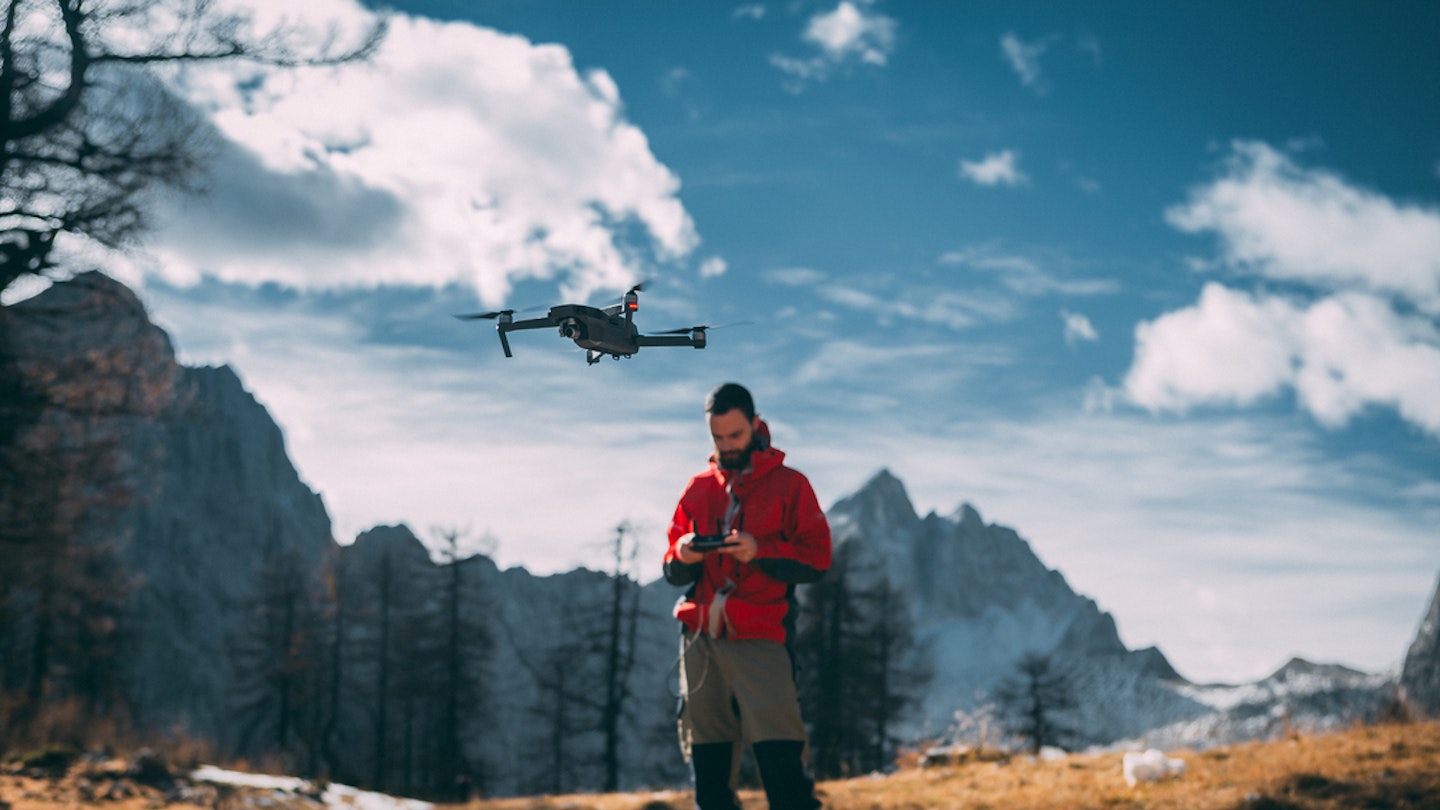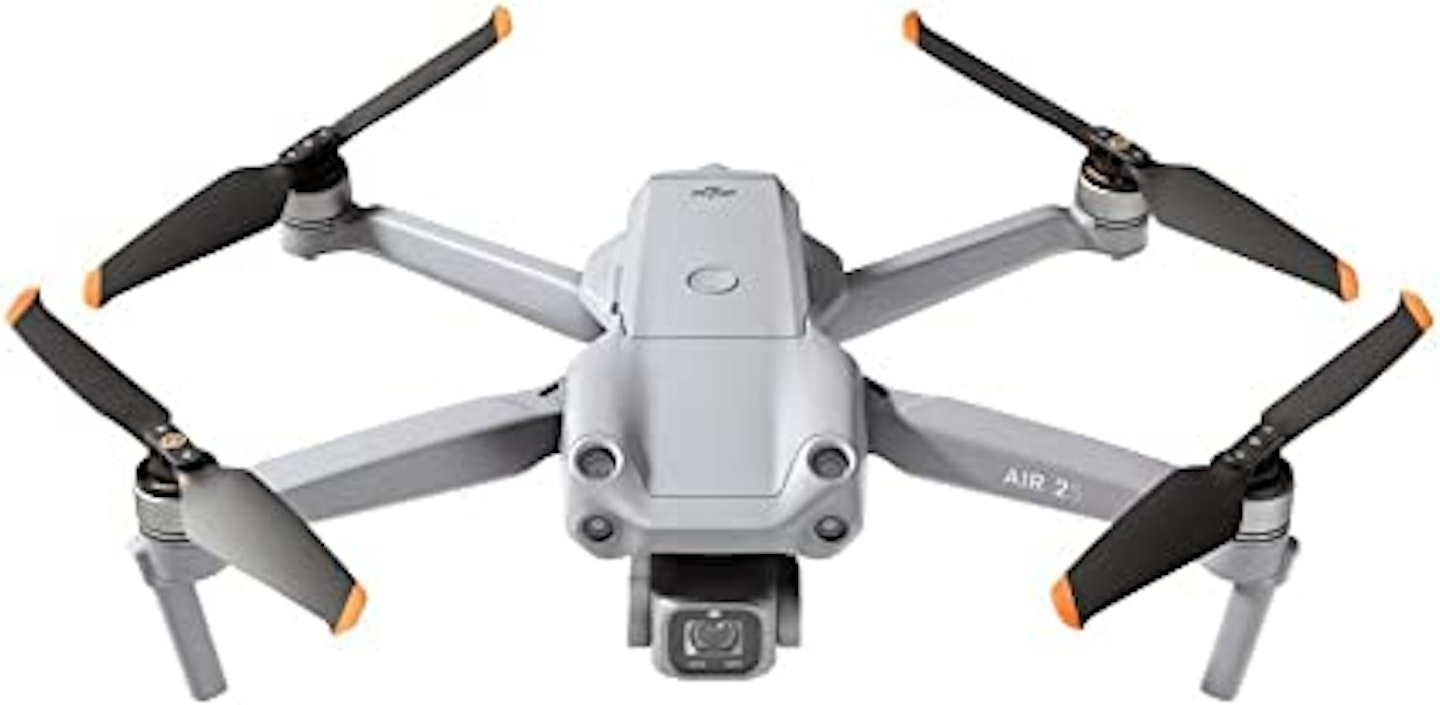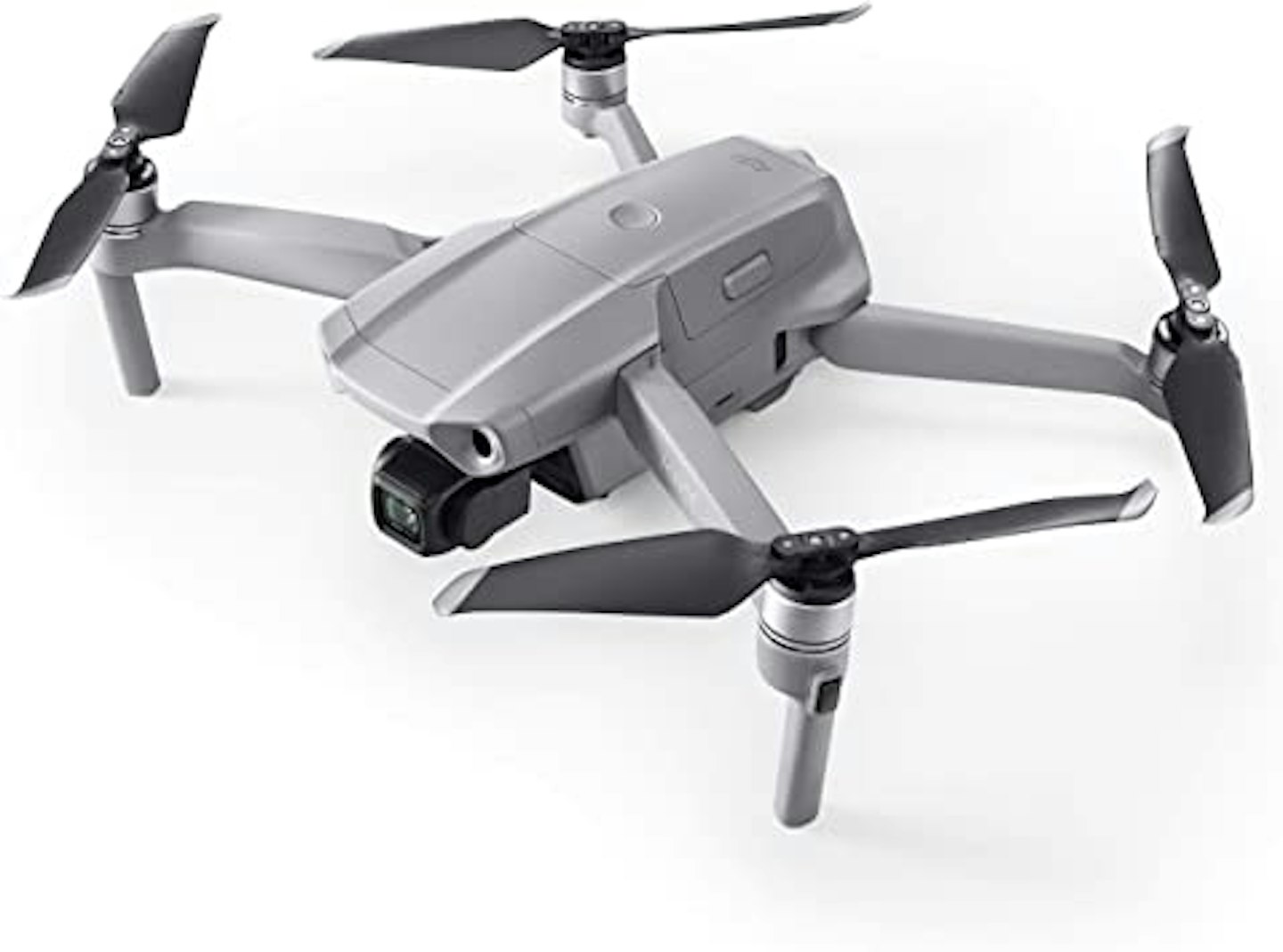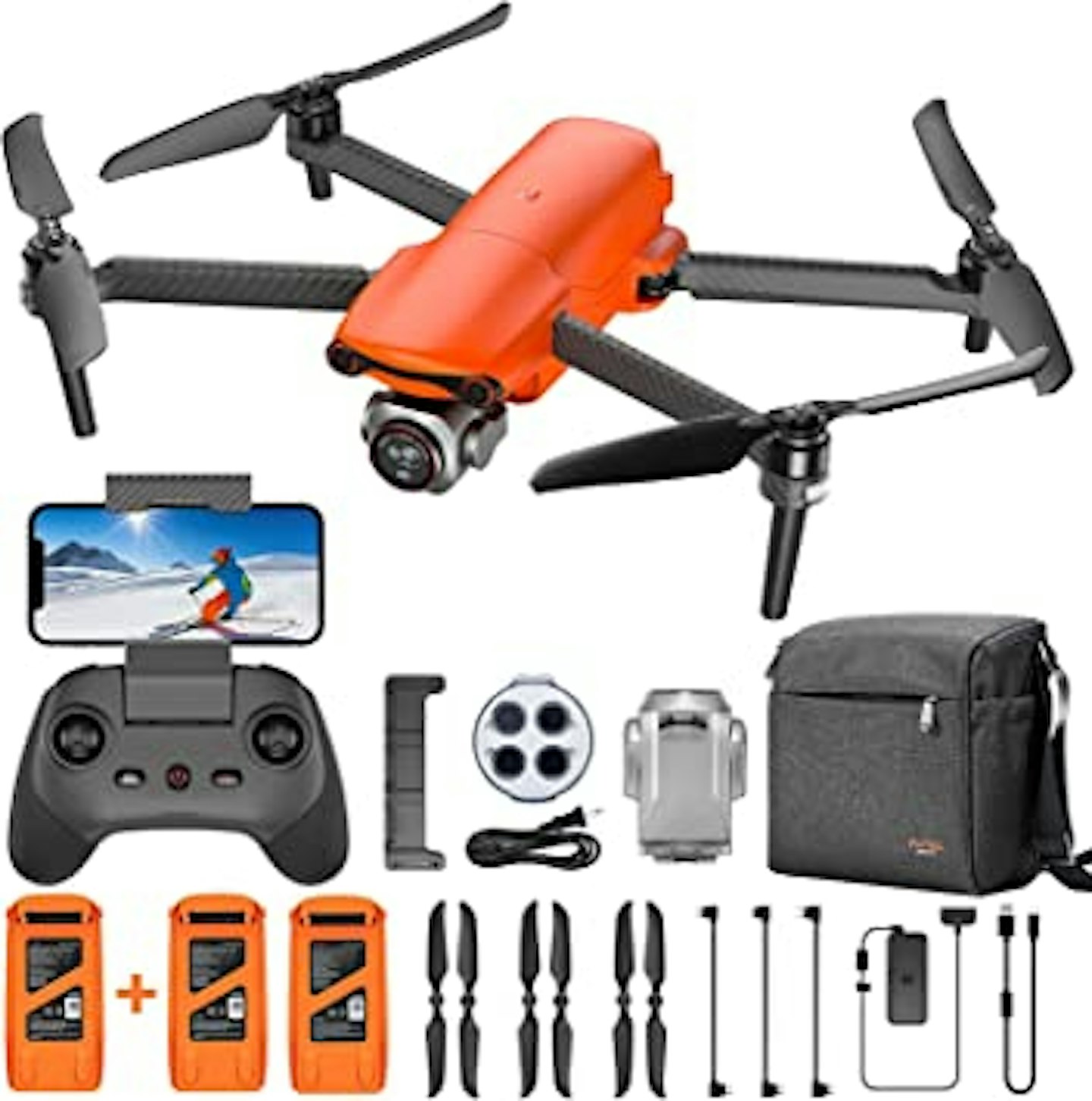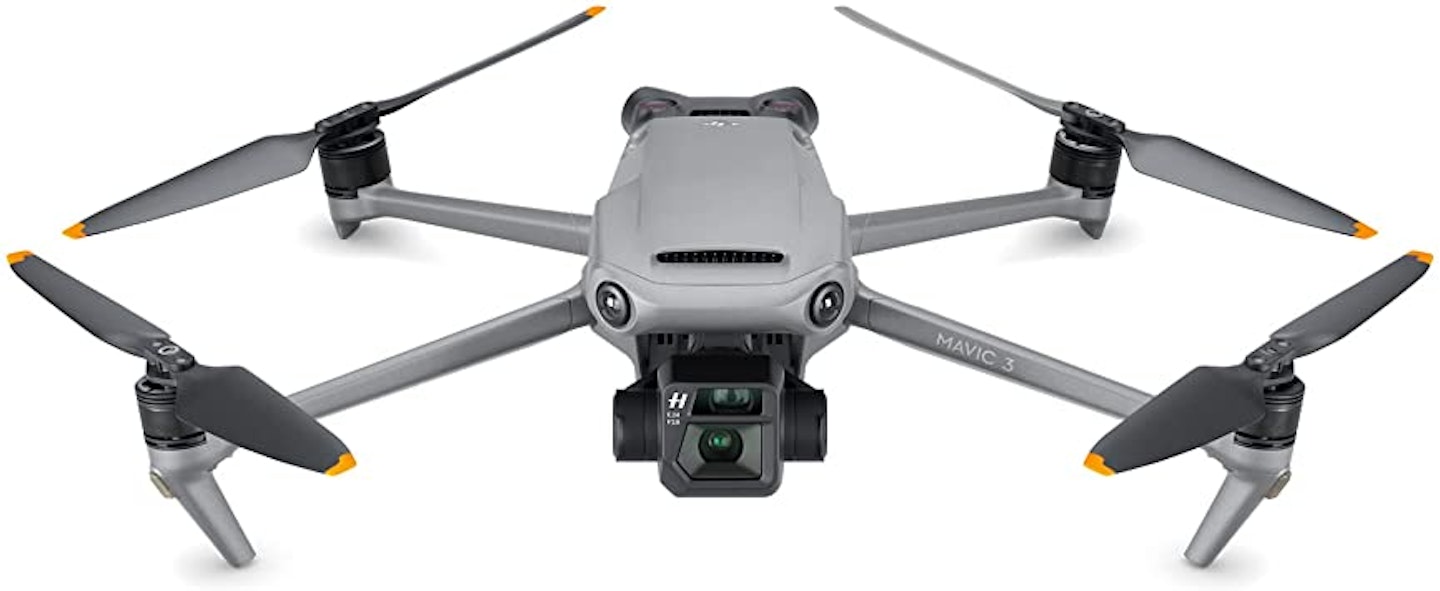Seeing the world from above gives your videography a different perspective and some incredibly cool angles. Drones offer this bird’s eye view with some excellent bits of tech which will help make you look like a drone flying master.
Before you take to the skies, though, there are a few things you may need to know.
Do I need a licence to fly a drone?
To fly most drones or model aircraft outdoors in the UK, you must have two IDs in place before you fly – these include:
Flyer ID: This is passing a theory test to make you aware of basic drone flying safety
Operator ID: It is the responsibility of the person or organisation who owns the drone or model aircraft must register for an operator ID
Drones and model aircraft fall into different categories, and you don’t need to register all drones and model aircraft due to size and weight. To check if you do, you can go to the CAA website and see which category your drone falls into.
There are many helpful nuggets of information on the CAA website, including preparing for your theory test (which is all done online) before you take it and how to apply for your Operator ID.
Related: The best Sony cameras for car photography | The best action cameras for using with cars
Features and tech
The software crammed into drones now means they can fly themselves, leaving you with stunning imagery and a beneficial tool in your camera bag to help set the location you’re at for a video.
Here are some cool features to look out for:
Follow me: DJI offer this features on many of its model and it’s very intuitive to use - you select the object you wish your camera to follow, and it will do just that. Choosing flight paths will also avoid obstacles that may get in the way.
Return home: This will essentially bring the drone back to you and land near where you and the controller. This is fantastic if you’ve lost sight of the drone, or the battery is low, where this feature will kick in automatically.
Avoiding obstacles: Most drones have radars that detect things like trees, lampposts, etc., which can cause a costly crash. Invariably the drone will fly up to avoid these, but sometimes it will arc around them to not ruin your video. A handy feature to have.
Automated flight modes: These are really trick. You can pick out a point of interest, building, car, tree, whatever and choose a flight mode for your drone. It can be banana around it, swirl around it getting further and further away or orbit, alongside many more exciting and creative choices.
Different filming modes: Depending on what you want from your drone, you can take photos and even hyper-lapse videos. They can shoot in different frame rates and up to 5.3K with a High Dynamic Range (HDR) setting.
What can I use my drone for?
The possibilities of shooting with a drone are endless; many of them do not come with a microphone because when flying, you have the sound of the blades mixed with the wind, and it’s difficult to get crisp, clear audio. However, with the many different modes, you can use them for tracking shots of a car, or motorbike, while out cycling or ripping up the MTB trails, and you can even get killer shots walking along the beach.
What are the best?
Much of this list will feature DJI drones, mainly because they have been doing it for so long and have been the market leaders. They have different drones to suit different needs, so let’s look at what they offer.
Best all-rounder drone
With a 31-minute flight time and a range of 8-12km of video feed, the Air2S is a strong all-around candidate. The compact folding design means this drone can be easily carried, and a large 20MP one-inch sensor for top-quality photos.
With obstacle avoidance sensors, this drone knows when it’s too close to anything from below, such as water or road surface and will also avoid obstacles in front of it—the perfect drone for hobbyists and pros who want something small and lightweight.
**Pros
**• Large 10-inch 20MP sensor
• Great image quality
• Small and lightweight
Cons
• No adjustable aperture
• The controller isn’t foldable
Resolution: 5.4k video 20MP photo
Range: 8 - 12 km
Battery: 31 minutes
Weight: 595g
Best budget drone
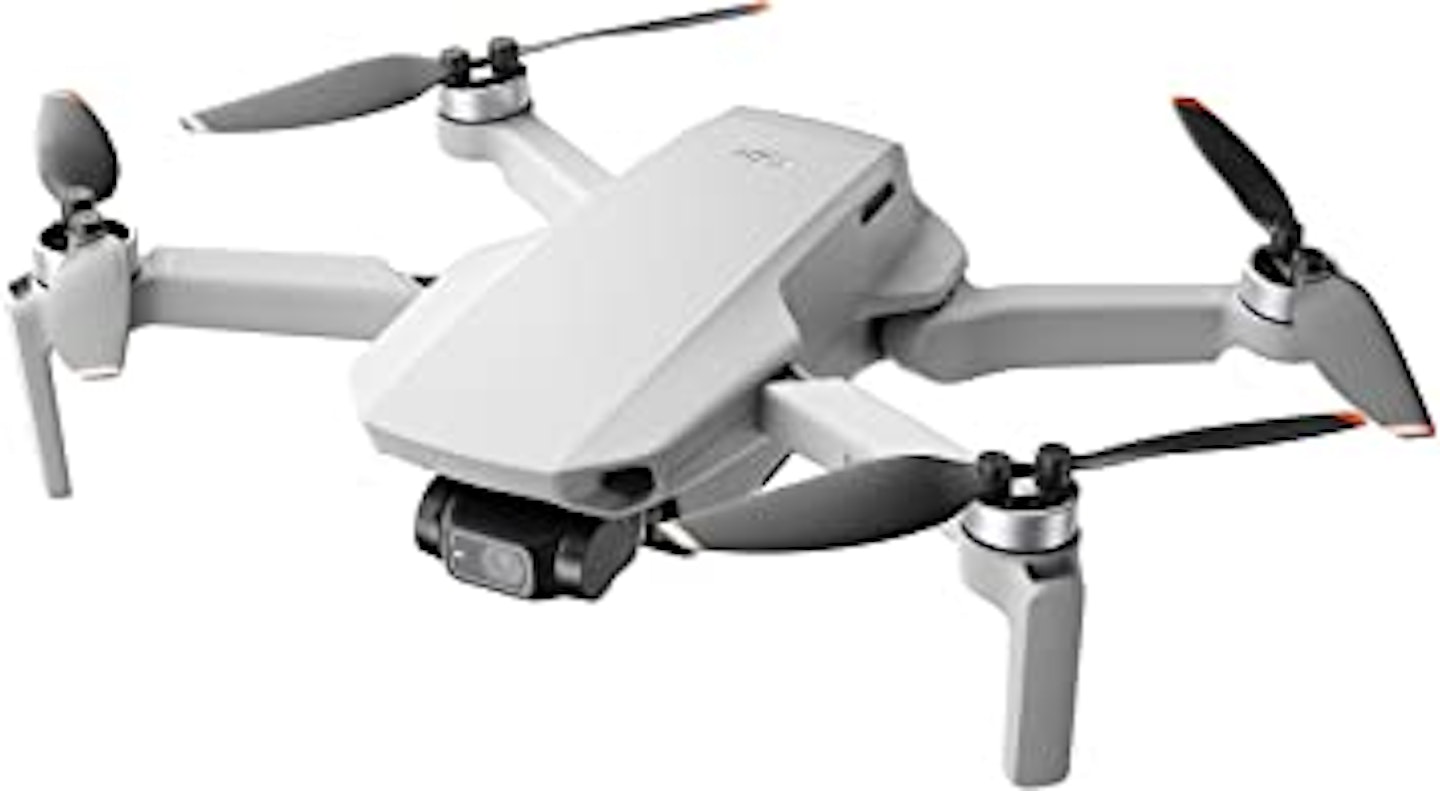
At a super lightweight of 249g, this tiny drone has some super impressive bits of tech; you can shoot in 4K and has some super cool beginner-friendly QuickShot modes which can perform pre-programmed moves like those mentioned above. It also offers RAW photos so that it can be a convenient camera for ariel photography.
It is the smallest drone in the DJI range but still has impressive battery life, and thanks to the Ocusync 2.0 connectivity, it has quite a refined flying experience. The new controller also helps boost the range.
Pros
• Compact size
• Impressive battery life
• Simple controls
**Cons
**• No ‘follow me’ mode
Resolution: 4k video 12MP photo
Range: 5.8 GHz: 10km (FCC); 6km (SRRC)
Battery: 31 minutes
Weight: 249g
For the hobbyist
The quality of the Mavic Air 2 has been gazumped slightly by the Air 2S and the Autel Evo Lite+, but that’s okay because this still offers fantastic value and unique features and will probably be all the drone you would ever need.
The Air 2 shoots in 40K at 60 frames per second (fps) and still with a 34-minute flight time – it’s an option you shouldn't rule out.
Pros
• Easy to fly
• 4k video at 60fps
• Long battery life
Cons
• The screen on the controller is your phone
Resolution: 4k video 12MP photo
Range: 10km
Battery: 34 minutes
Weight: 570g
DJI rival
This is not a DJI, but don’t baulk at the cost - it comes with almost everything you’d need for flying your drone apart from cards. You get a carry bag, blades, batteries, gimbal protectors and a remote control similar to an Xbox.
On the plus side, you will get 5.3k video footage at 30fps with a 1-inch sensor. It is very similar to the Air 2S but with a longer flight time of 40 minutes and adjustable aperture ranging from f/2.8 to f/11, giving you much more control of what you’re filming.
There are no side sensors, so be wary of obstacles when flying the drone sideways as it may be a very costly repair.
Pros
• 1-inch sensor with adjustable aperture
• 40-minute flight time
Cons
• Cost
• Lack of side sensors
Resolution: 4k video 12.5MP photo
Range: 16.8km
Battery: 34 minutes
Weight: 249g
Cheap first timers drone
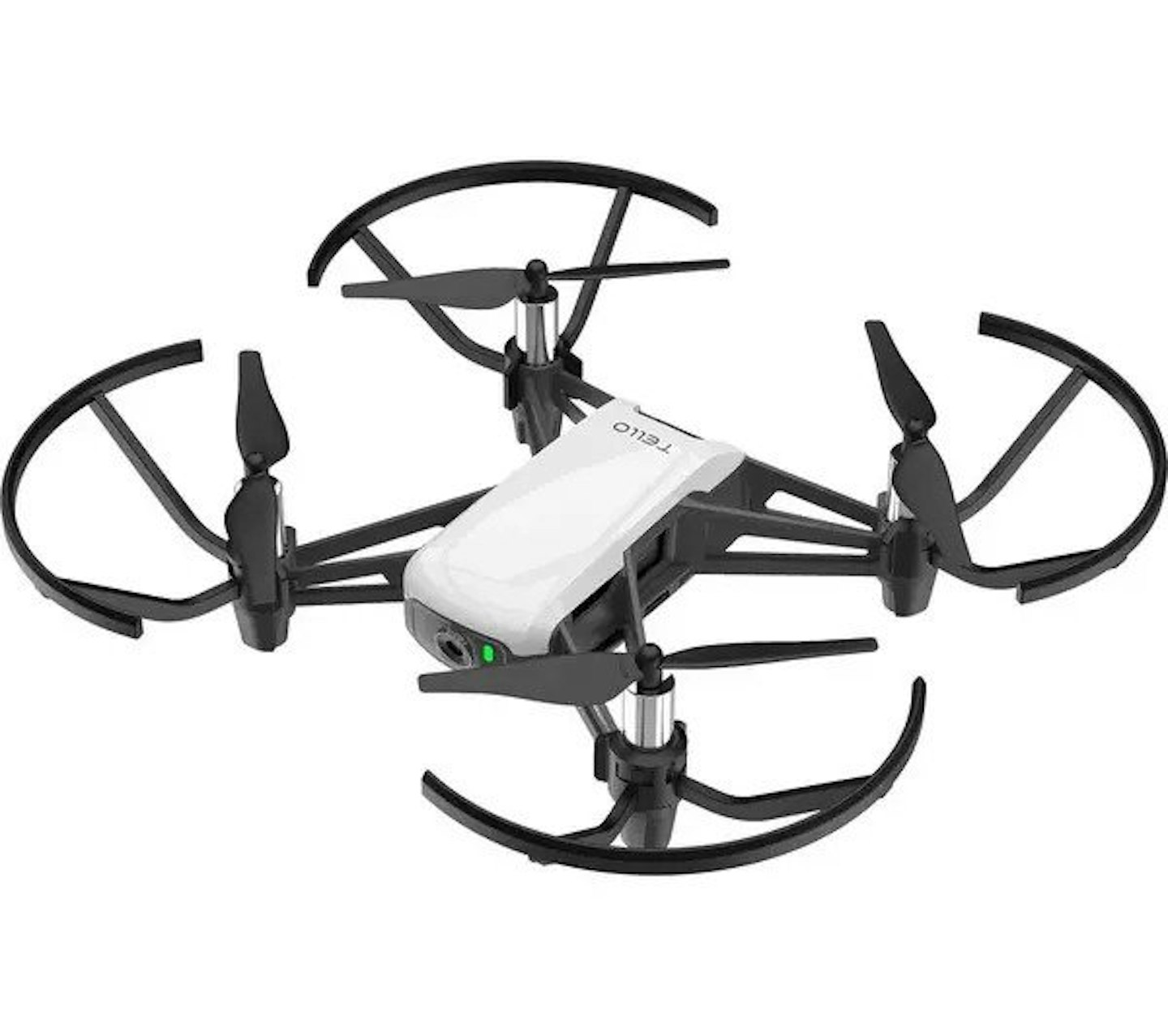
www.currys.co.uk
If you want to try flying a drone for the first time and see how much you’ll get out of it, spending short of £100 might be an option for you before you plumb for something much more expensive. It’s simple, lightweight, affordable, and takes up 13 minutes of flight time with a 5MP nose-mounted camera.
Its actual video footage holds it back; it has a limited dynamic range and streams 720p HD video footage straight to your smartphone. This recording means that the framerate is affected by any drop in signal strength.
At only 80g flying in a breeze could also be an issue, and with a range claimed to be 100m, a more realistic view would be 30-40 meters, certainly if the wind picks up.
Pros
• Low cost
• Lightweight and compact
• Responsive flight controls
Cons
• Video transmission is not stable.
• The wind has a significant effect on flight
Resolution: 720p HD video 5MP photo
Range: 100m
Battery: 13 minutes
Weight: 80g
The best premium drone
We cannot leave without talking about this, the DJI Mavic 3, which is probably the most powerful compact drone going. If money is no limiting factor, this offers tremendous tech and mass improvements over the fantastic Mavic Air 2S. It can shoot 5.1k video at up to 50fps and C4k footage at up to 120fps FHD up to 120fps when shooting Apple ProRes, and up to 200fps when using the H264/H.265 codecs, which includes D-Log (Raw). A whole house of options from slow-motion video footage to super crisp 5K.
Forty-six minutes of battery life means you’ll be able to annoy seagulls for as long as you like, and thanks to the camera and firmware updates since it’s launched, you’ll see their beaks attacking your drone in super clear image quality.
Pros
• Superb image quality
• Adjustable aperture
• Telephoto lens
Cons
• Cost
Resolution: 5K/50p video or 4K/120p 20MP photo
Range: 15km (FCC), 12km (CE)
Battery: 46 minutes
Weight: 895g
